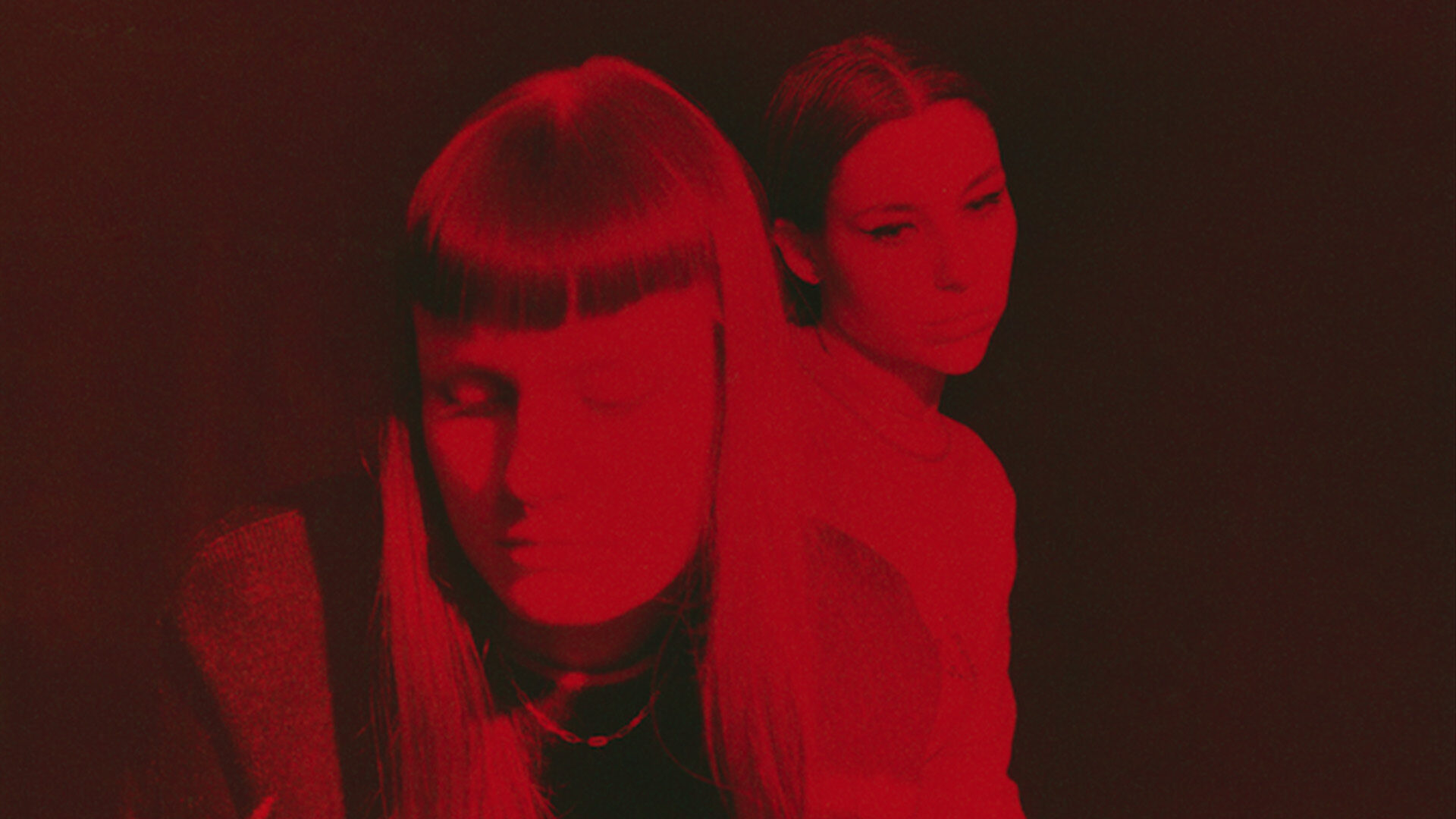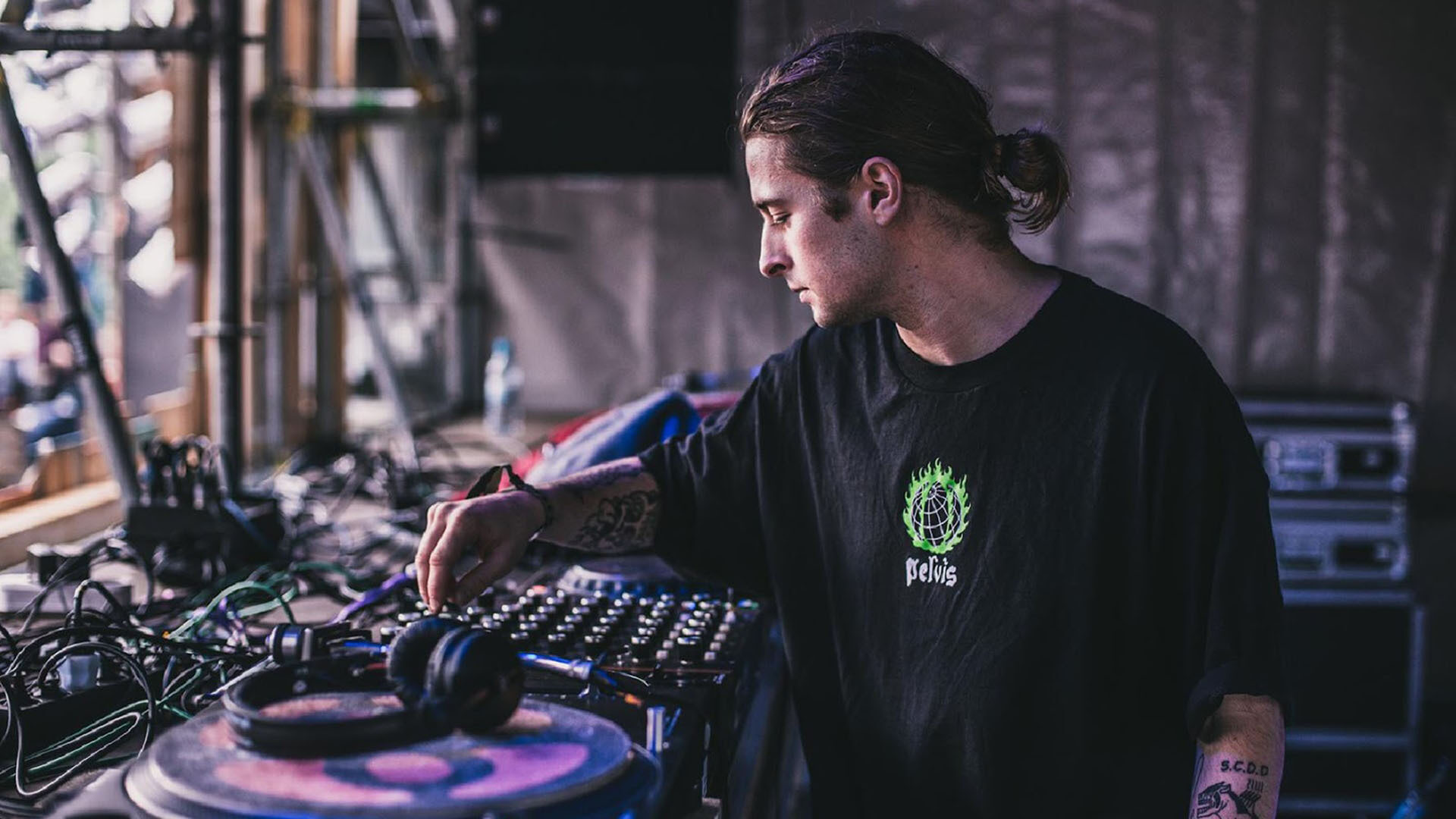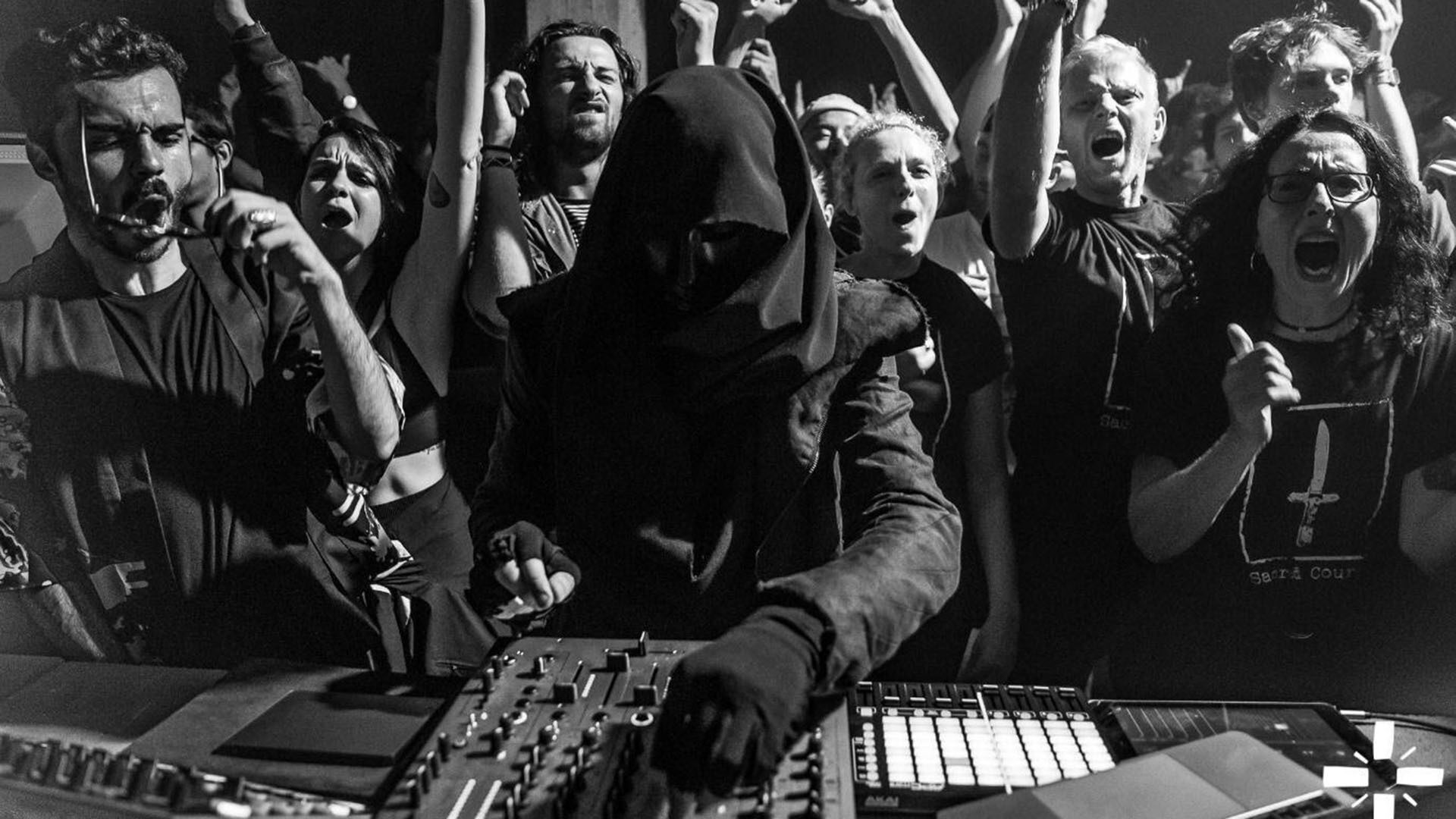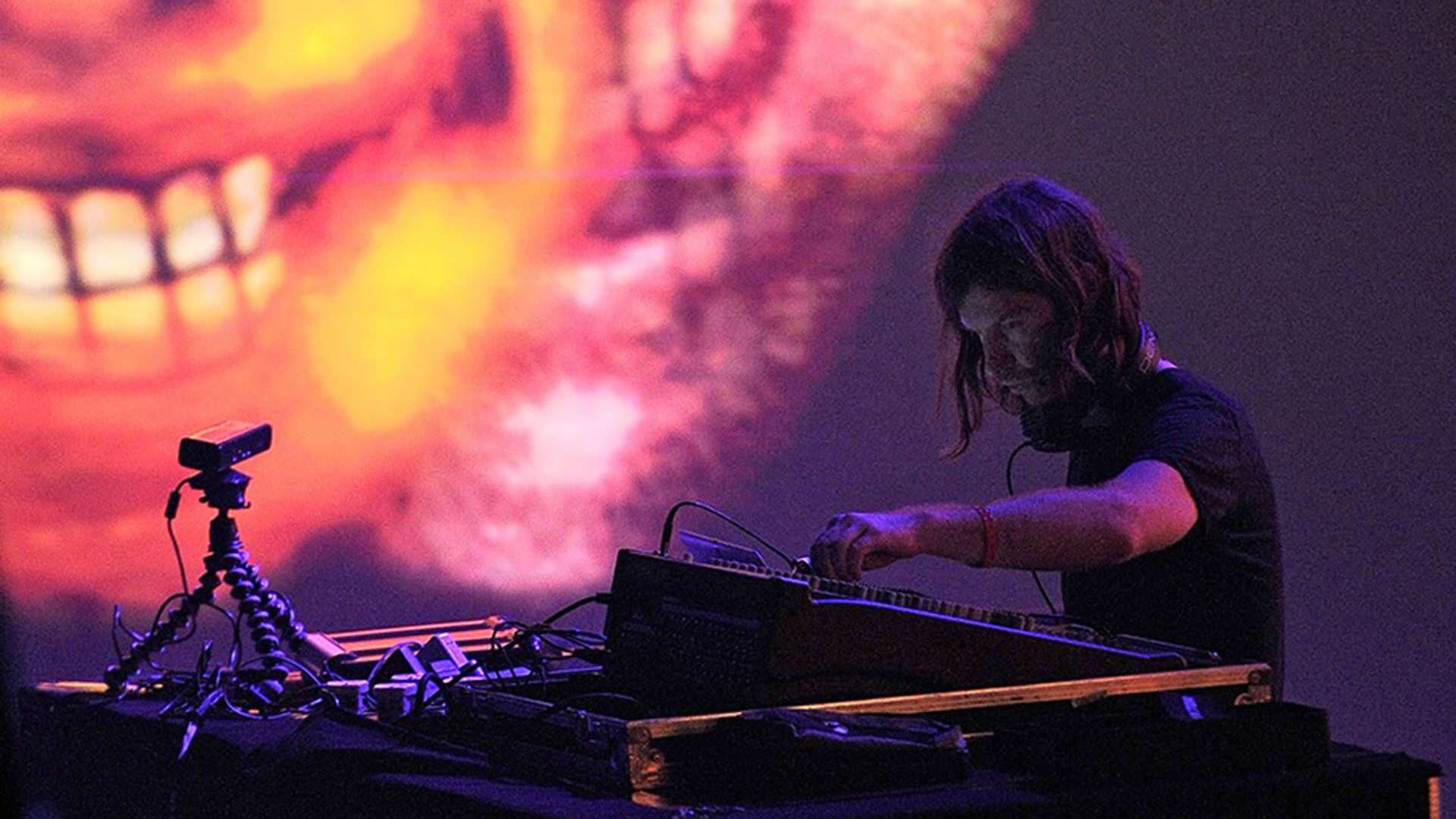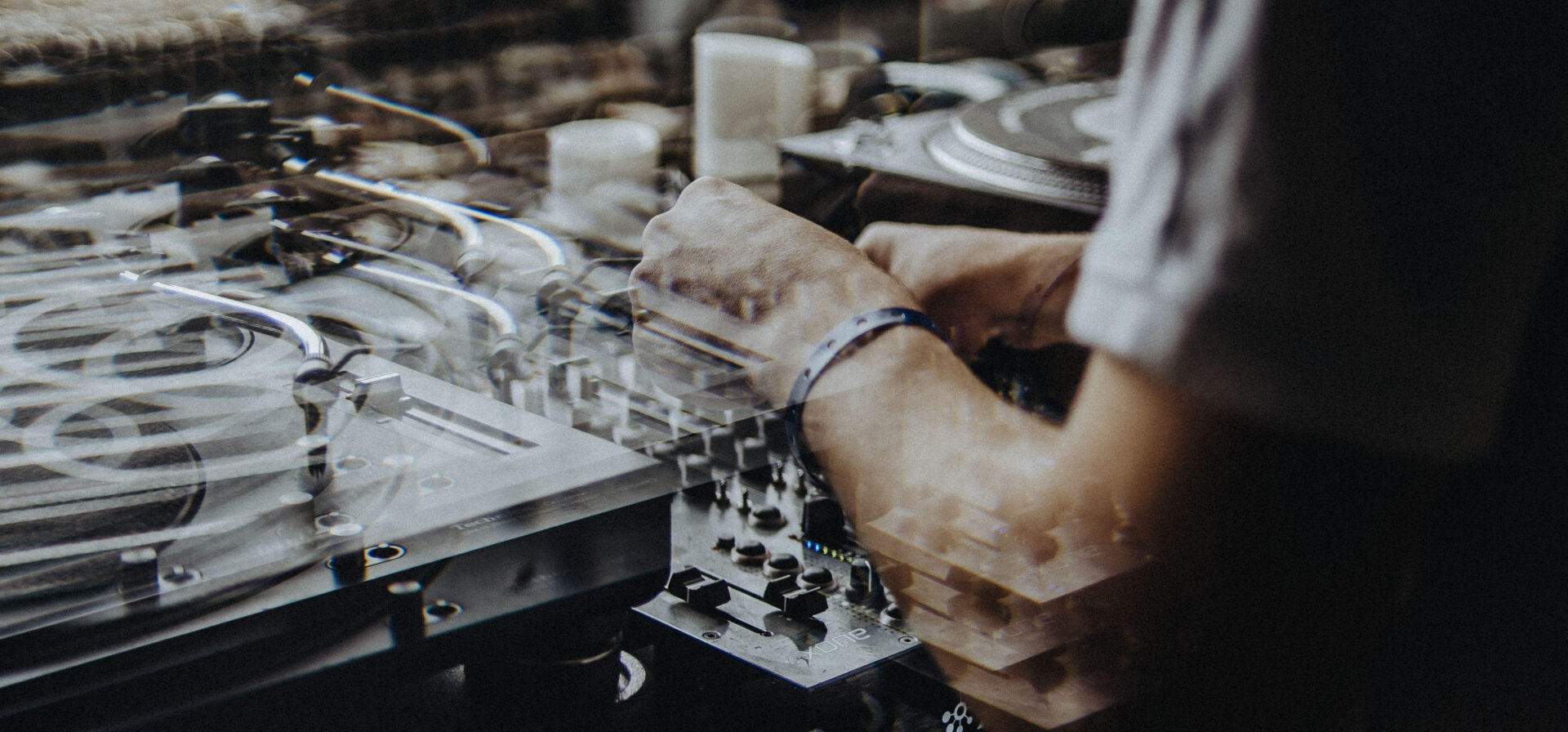
Genre boundaries are fading away...
Fleeing the clutches of genre confinement is a common and boundless journey for electronic artists today. In doing so, it can be a double-edged sword. The decision or natural progression as a DJ to utilise multiple genres throughout a set is necessary for the progression of not only a set, but for music in itself. However, through the natural human desire to categorise and in particular identify music by genre and sub-genre, there leaves an unclear fate in musical evolution and for the future of electronic music.
Artists can sometimes be bound or labelled to a genre making room for experimentation limited, but when those experimentations occur it can inspire some mesmerising and radically new experiences. By looking towards the shifts and crossovers in genres that have developed, innovated or shaped others, this will make clear the value of this process used today.
For those less familiar, from its origin, techno was the musical infusion of house, disco, electro and synth-pop and from individual stylistic facets made with mechanical hardware opened up techno to become a genre of its own. Overtime techno has transpired through mainly European adorations to house music, techno therefore followed and spawned through regional influences the many, many genres and subgenres that exist today.
Acid reigning from 80s Chicago acid house, brought over and amplified in 80s UK (which was already boiling in the UK underground) grew through popularity in Europe and became a stronger force. Heightened further in 2015 from the cloning of the Roland TB-303 and its consequential upsurge in the market. Front 242, influencing EBM from Belgium and through heavier influences and savage forceful material, birth hardcore.
Hardcore as a title previously used for the tougher edges of punk-rock mirror every genres desire to get more aggressive, more political and more vocal in waves of economic anguish, the harder will always happen. Marc Acardipane, the godfather of hardcore himself as mentioned in RA’s feature Marc Acardipane: The Mover, aspired to be a ‘rock star’ but cut the ambition in that genre to move towards newer electronic music. Acardipane wanted something harder than the Detroit techno scene and from influences of hip-hop, EBM and industrial created Frankfurt street music now to be known as hardcore techno. Consequently, all these crossovers and stylistic influences occurring around and from this time, brought us gabber, hard trance, hard style and in the UK modelled jungle and drum n’ bass.
But what is the point of me listing various connections between techno genres, you ask?
It is simply to adduce some common themes amongst genre formulation. Location, technology and influences of other genres seem familiar in the breaking of genre boundaries in the past. Recently this is also happening just in a very heightened fashion, the influence of the internet makes location infinite and music ever more accessible. Giving cause to DJs and producers to travel between music genres fluidly and gain influences naturally. Artists can travel into the realms of old material meaning not only is location limitless but time, as a resurgence of old classic tracks come to the forefront.
For instance, Anetha b2b Randomer at Soenda festival jumping from hard trance The Riot Brothers – Flashback, to old school happy hardcore with Brisk & Ham’s – getting down. Then Clair aka Brulée in his possession podcast starting the set with electronica post-punk band Agent Side Grinder’s - Allisin Sane (No.2) breaking it up later, hard techno style, with Robert Natus – Pain and then pure 90s acid with Lab 4’s – Machine. In a world of absolute accessibility, genres become fractured and fragmented in sets and almost dissipate through mixing.
This is even more prevalent in Vixen’s possession podcast where a nostalgic utterance of Enya’s – Orinoco flow (bours?-boat party remix) can bring genres from all realms into the atmosphere of a set.
An artist’s circulation of genres within a set and levels of intensities and bpm become a branding towards their sound and listeners. For the likes of friends VTSS and SPFDJ, although their tastes complement one another SPFDJ mentions in Steph Lee’s interview for Electronic beats:
‘I can play some “normal techno” in my sets and then play some other stuff, kind of weave in and out and play a broader range. Whereas I think VTSS’ sound is more to the point. She doesn’t really play a lot of the standard kind of “Berghain techno.” She has her EBM and hardcore sound. She plays a lot of fast and new kinds of techno.’
Genre becomes a branding of set styles and distinct sounds to which artists navigate their music. VTSS also mentions her application of genres within her production and sets in conversation for hiponik:
“Of course it’s still techno, not actually EBM nor hardcore. I often structure my DJ sets or specific transitions this way, from more bassy crunch EBM vibes, through techno, to more hardcore and rave vibes. Naturally that got transformed into my productions as well – mixing those influences in the middle ground of techno.”
VTSS and SPFDJ express the different genres that vary their sets and the distinct diverse sounds they dominate in the scene. Genre becomes to most artists, a way of showcasing desired musical flares personal to their own energy and emotion. Music should be limitless in expression and not hold artists to a particular expectation as VTSS and SPFDJ show through their adaptability. Not only is genre choice an expression but can also bring artists closer to audiences through shared genre admirations between listener and artist making events and festivals a more relatable experience.
Although, categories can sometimes hold unnecessary negative undertones as shown in Mixmag’s feature on Gabber Eleganza and his attitude towards genres. Eleganza reveals:
“some promoters get scared because I have ‘gabber’ in my name” which he then goes on to explain, “I like to bring unexpected things, which usually means a lot of post-rave stuff. The name was always intended to be playful, and I’ve always liked to play what the fuck I want.”
Associations towards Eleganza’s stage name held from mid-late 90s gabber controversy, should not be viable in such a contemporary age. Still, his ability to surprise and ignore genre associations and bring humour to the forefront is something needed within the music industry. Eleganza’s attitude brings forth a prominent mindset in genre fluidity and being able to play exactly what you want as an artist.
It is without these attitudes that we would have failed to see Mall Grab experiment from lo-fi house to techno/electro/darkwave territories with his Growing Pains EP which has leaked into his recent sets welcoming him into possessions line-up this summer. Randomer, from his drum ‘n bass, dubstep beginnings to his seamlessly cohesive genre bending sounds he reigns now, would have never shone through without pushing genre boundaries.
Progression and experimentation with genre are key to making music exciting and keeping it rolling in a newer age. But the newer age never seems to travel too far from the past as the past continues to become our present. The revival of many oldskool genres merging trance, acid, techno, happy hardcore and gabber by the likes of artists such as KI/KI, Trym and Héctor Oaks often capturing the old or reshaping it into new gen techno. EBM and electro have had a fundamental rise into sets from the influence of techno veterans Helena Hauff and Nina Kraviz, bringing the genres repeatedly to surface from the underground. In Rob Mccallum’s interview on EBM and electro with Helena Hauff for DJMAG, Hauff mentions:
"The return of EBM came earlier than the return of electro. But both genres never really went away. There were always music nerds in the underground keeping it alive, it just seems DJs playing on bigger dancefloors are more confident to mix a range of more challenging influences including EBM, as well as cold wave, darker synthpop, electro and more without losing the crowd."
Hauff’s enlightenment of how EBM and electro peak back into the scene through capabilities of long-standing techno artists being able to incorporate these genres into their sets, testing its ability to keep a crowd alive. To this Hauff adds “It's just fucking great dance music, and if you're in a club and the DJ mixes it in with other stuff, you're gonna dance.” The trending influences of EBM and electro stretching into most DJs catalogues boils down to not only its alive industrial 80s aesthetic but its danceability.
However, as always in the music industry, genre revival can be conflicted. DJ Stingray who has lived the electro scene in his interview with RA: highlights some of the difficulty in the trending circulation of music within electro as: “There's a lot of new stuff coming out that's excellent.
"But there's also this trend in electro where... I mean these guys are trying to recapture the '80s. Stop sticking with the paradigms of the past. Sound like the 21st century. Blow our minds."
There are differing questions in genre revival and new waves of genres flooding in, should we be recycling the past? Have we burnt out all the different genres one can use? Should we be making sounds of the future and pushing music? Should we just not care because we are making people dance? The latter two seem to be definitive in retrospect.
Danceability has become a poignant notion amongst artists limitless genre endeavours and to the upsurge in bpm’s across dancefloors. Seen in artists such as SNTS, I Hate Models and Parallx, acts at these tempos are pushing music to its limits and are apparently at speeds which enable a lot of styles to mutate into their own.
This current appeal in faster tempos as explained by Oli Warwick in Dekmantel’s feature The Need for Speed, boils down to high bpm’s being able to bridge genres together within sets. At speeds of 140, 150, 160 bpm and higher, mean there is a wider selection of genres to play with in sets like jungle, electro, techno, hardcore and ghettotech.
As mentioned, the internet primed music enthusiasts to wider influences of music, allowing genre transitioning and higher bpm’s to become easier on the ears than in the past. This more tolerant mindset of audiences, means we have somehow adapted by frequent musical exposure, or as generations have furthered, we as listeners have become more open to what we listen to, in search for something an artist is trying to accurately capture through music.
Seemingly, are we trying to relive an aesthetic for nostalgic purposes through a particular orientation of genres? Perhaps our tolerance to higher bpm’s and genres in general is hierarchical, in trying to stay as close to the peak of the musical forefront as possible. Pushing ourselves further as listeners to stay current, with continuously released upcoming artists, that we hope to broaden our experiences. Whatever the case is, as listeners, this helps in keeping things fun and experimental today, hopefully towards newer and progressive outcomes for artists.
For the future of fading genre boundaries, there is no coherent answer. Artists may well continue to recycle old genres for nostalgic aesthetics, blend obscure genres to make new ones through faster tempos, or have an attitude to music like Spacid and to “Love the past, play the future”. One thing positive from the lack of limits with genre is that there is a sense of experiment, and that cycles of music can meet, slow and fast through sampling and remixes. Old and new visionary artists can be picked up and heard in a sea of contemporary impenetrable noise, enlightening listeners historically or making heavy footprints in the present. It is through this interconnectivity between artists that innovation will take place.
It is incredibly hard to keep music alive and advance, especially when there is less funding and recognition towards smaller and independent events, labels and producers where fresh sounds are cooking. Taking chances on these markets may not only provoke variance in line-ups but also heightens prospects for music through intricate social patterns that may shape the next movements for genres and music. The king of electronic music Aphex Twin even mentions these measures in his more intimate interview with Andrew Nosnitsky for Crack Magazine and that:
“There aren’t many DJs out there playing different stuff... well, I think it is getting better now, over the last year it's gotten really good. But [previously] people were just playing one type of music for two hours. Which is fine sometimes, y'know? But there's nobody big playing all this amazing music coming out. There's so much of it! And [it gives] great artists exposure as well. It's not like I'm some huge artist or something, but you do give quite a good boost to a lot of people when you play stuff.
Variance with music genre should be praised not only as dexterity but as a means to widen tastes, helping bring something potentially revolutionary to the table. More importantly, bring to light other artists who may be onto something new. As an artist, enlightening those who might be surprised what they discover, when too venturing out their own genre confinements.
- Interview by Abbie Colledge
